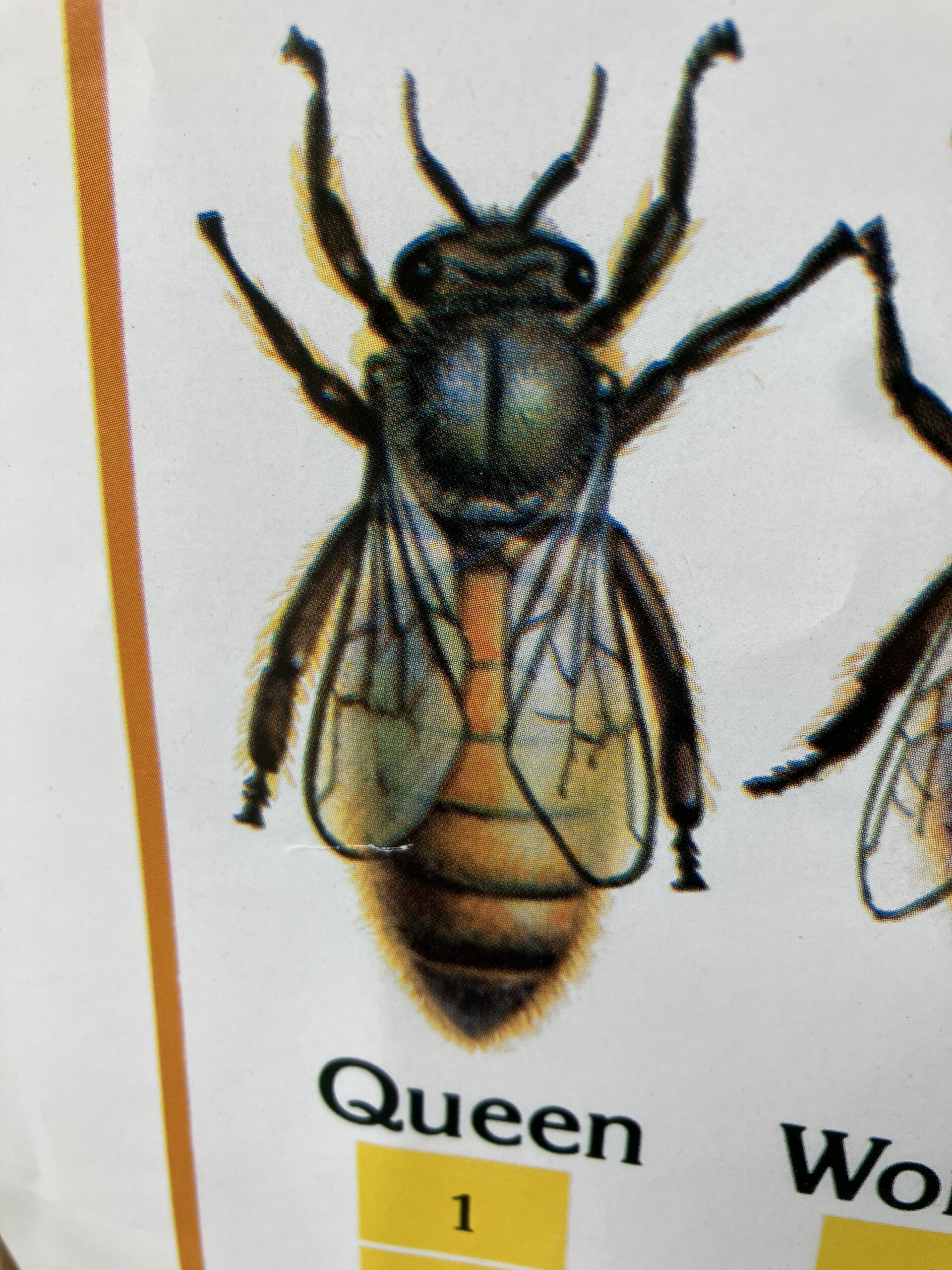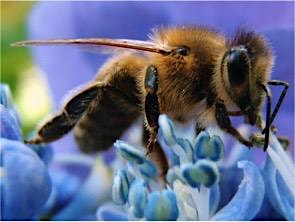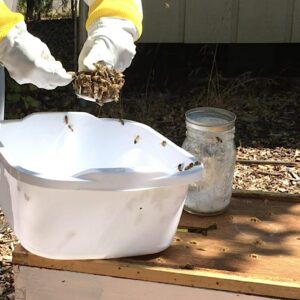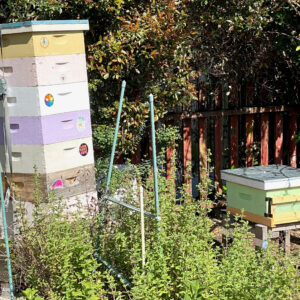Description
Class topics include:
- how to tell you have a healthy queen
- how to look for signs she could be failing
- what to do if you see very little brood and/or queen cells
- queen math – how to estimate when your queen died, when your new queen is mating & will lay, and how not to worry (at least for 5-6 weeks)
- how to buy and insert a mated queen
The two things that most commonly kill hives in the Bay Area are queen failure and varroa mites. This class focuses on preventing the first, so you don’t lose your only hive.
Redundancy is a good way to counter not having bees if your queen should fail. Splitting your hive March – May is a good way to make 1-2 extra hives. If one of your queens fail, you still have 1-2 viable queens/hives.
Instructor: Jennifer Radtke has been keeping bees in her backyard for 20+ years, and has developed the beekeeping education program at the Urban Farm Oasis.




